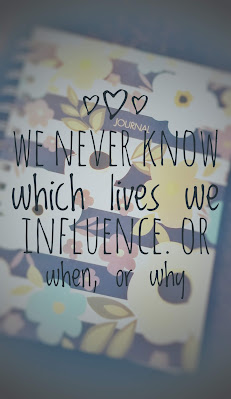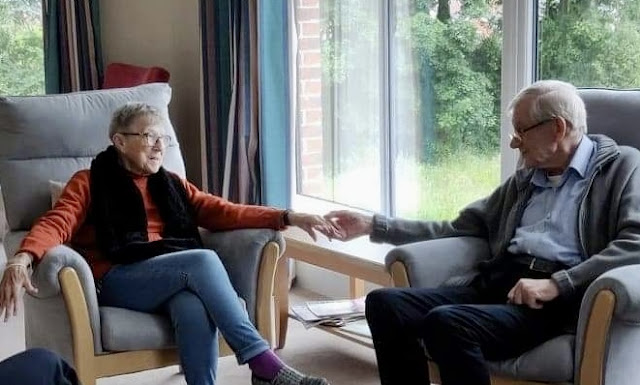When the Students are the Teachers
The impact that the COVID 19 pandemic has had on our mental health has been discussed at length, in multiple formats and forums, since March of 2020. For sure, the detrimental effects of quarantines and school closures are still being felt by our kids. Our family and social lives have been turned upside down... we are finding our way back, but nothing feels the same. This leaves our kids feeling a little lost, and lacking the sense of security and safety that they used to feel in their lives. Diagnoses of mental health disorders are at an all time high, as are, tragically, deaths by suicide.
To this end, our schools are attempting to help out and support students by doing regular emotional "check-ins" and incorporating social-emotional learning into their curricula. I'm very fortunate to be able to spend considerable time in our classrooms, "teaching" our students about emotional wellness. This year, my focus is on helping them learn to accurately identify their emotions, to be able to identify what happened to cause those emotions, and to have a "toolbox" full of coping skills that work for them. I tell them that I want them to be able to learn to manage difficult emotions before they are adults, so that they can actually enjoy their lives.
I've now spend three full weeks working with all of our students, K-5, discussing the mental health impacts of worry and anxiousness. As much information as I shared with them, they shared so much with me. The greatest thing about working with little ones is that I am constantly reminded how very much I still have to learn. My hope is that I help them in their personal growth and development, and the payoff is that they greatly contribute to my own growth. They are such an important part of my journey!
Yesterday, I shared some "takeaways" with our teachers, and I wish to share them with you, also. I hope you learn as much from them as I am learning every day...
"In my recent series of lessons with all of our students, I’ve attempted to distinguish between anxious/anxiousness and anxiety, with the first being a commonly experienced emotion and the second being a mental health disorder.
We have stuck to discussions on the emotion, “anxious/worry” (anxious for the bigs, worry for the littles) and how to identify and manage the emotion.
I’ve tried to illustrate that “anxious” is about our thoughts. We think thoughts that create anxiety for ourselves. Often, anxiety producing thoughts start with “what if…”
Having had 26 classroom sessions with our kids, here are some insights that I have gained
All grade levels said, yes, kids “our age” have worries.
Here are some of the worries mentioned in order from little kid worries to big(ger) kid worries:
We worry about: Missing mom, missing the bus, getting lost, the dark, parents forget to pick me up, being alone, storms/weather, doing something wrong, getting in trouble, pets dying, loved ones dying, loved ones with illnesses, loved ones with COVID, loved ones getting hurt or injured, safety of siblings, being late, school work, failing a test, failing a quarter, failing a class,(“failing at life” was mentioned but I tried to explain that there is no failing at life, people just live different lives), sports competitions, performing in front of others, reading out loud, embarrassing yourself in class or in the cafeteria, not having any friends, what people think of us, “new things” (ie, starting a new grade, new school, new club, doing anything for the first time), moving, family problems, drug and alcohol use, parents fighting, money…
THIS LIST IS NOT EXHAUSTIVE!
Here are some of the thoughts expressed by our kids:
“I feel like worries get worse the more you worry.” 1st Grade
“It’s like you feed a worry when you worry about it and it gets bigger.” 2nd grade.
“I worry about my mom while she’s at Walmart and I usually call her to see if she’s ok. 4th Grade
“I worry about my sister, she has anxiety.” 4th grade.
“When someone talks about suicide, what do they mean?” 5th grade.
“Before that thing happened with my dad, I worried about him.” (Dad passed away.)
- In response to the question, “who are some adults we can talk to about our worries to help get rid of them?”... “OUR TEACHER!”
Included below are links to Highlights of the Children’s Mental Health Report from 2021, and Tips for Supporting Student Mental Health This Fall, from the Morgan Stanley Alliance for Children’s Mental Health. Certainly, most of this is information that we have all seen before… no surprises here. This is simply concise information in an easy to read format that is worth sharing."
https://www.morganstanley.com/
We never know which lives we influence. Or when, or why. Be mindful, always, of the influence you can have in the lives of others - and always be open to allowing them to influence yours.
Be well. Take care of you. 💖






Comments
Post a Comment